As the dust of COVID-19 slowly begins to settle, it’s an excellent opportunity to examine one of the most sensitive and thus affected interactions during the pandemic, the relationship between the school and the parents.
Anxiety, lack of information, confusion, and mutual anger have turned communication into a constant blaming game as educators testified that they feel that they are mostly working against the parents rather than with them. Nonetheless, 43% reported decreased interaction with parents, while teachers noted that more and more parents were ghosting them.
It’s no secret that maintaining a good relationship between parents and the school is beneficial on both sides, especially to the children. Nowadays, it’s crystal clear that those relationships, when genuine and respectful, are absolutely essential both to student and school improvement. The question we should ask is how to use this pandemic-induced “communication breakdown” to find a new path and a more constructive approach to sustain this delicate relationship.
Below are six practical ways in which you can improve the relationship of your school with the parents.
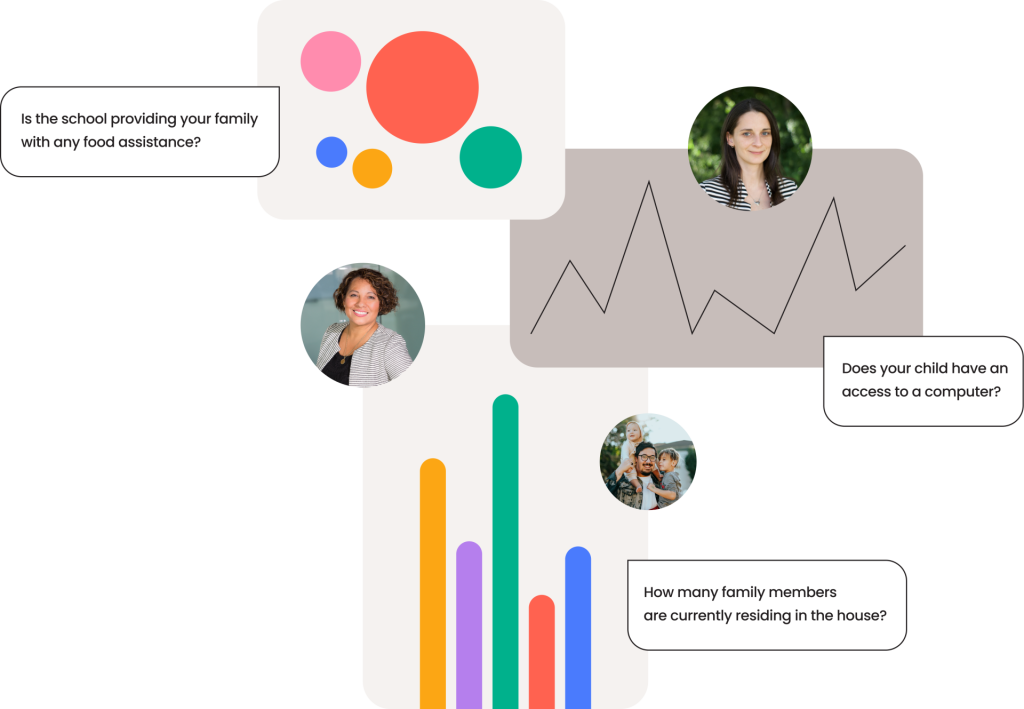
#1: Know more about the families
Throughout the pandemic, it became clear that the need for in-depth information about the children and their families goes way beyond an address, email, and phone number. Without relevant data, schools were struggling to follow the situation of the families and handle issues like food insecurity, domestic violence, or lack of essential devices for studying, such as computers. By asking the right questions and using a simple tool for data collection, schools can know more and thus help more. It reduces the negative sentiment and increases parent-school connection.
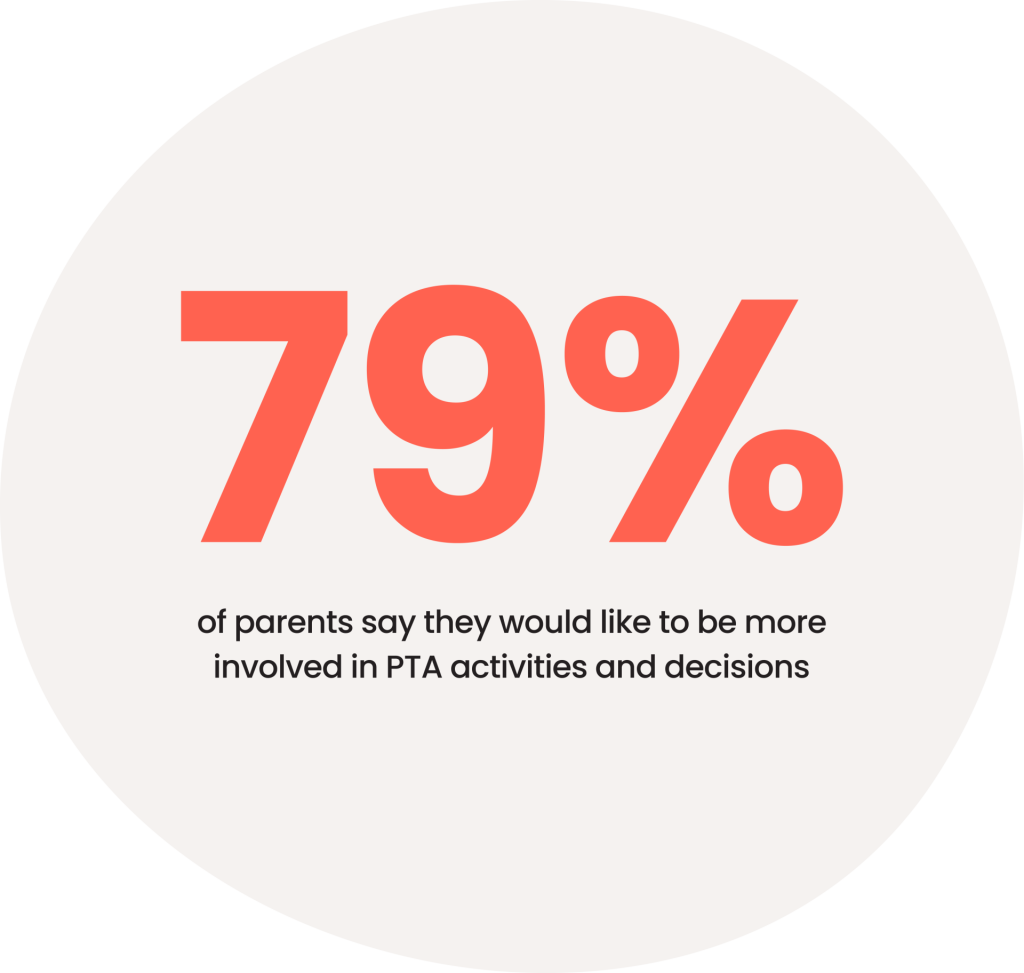
#2: Use transparency to foster trust
In this particular case, being transparent doesn’t only mean that “you’re not hiding anything.” It means you should actively involve, inform, and include parents as part of any communication strategy you choose to implement. Imagine, for instance, having a digital parent bulletin board where parents can view upcoming events, respond to surveys, and even receive parenting info and resources. Trust is built by creating a steady and reliable flow of information, guidance, and space for involvement. Nonetheless, inviting parents in and sharing some of what happens behind the scenes makes parents feel more confident and increases trust.
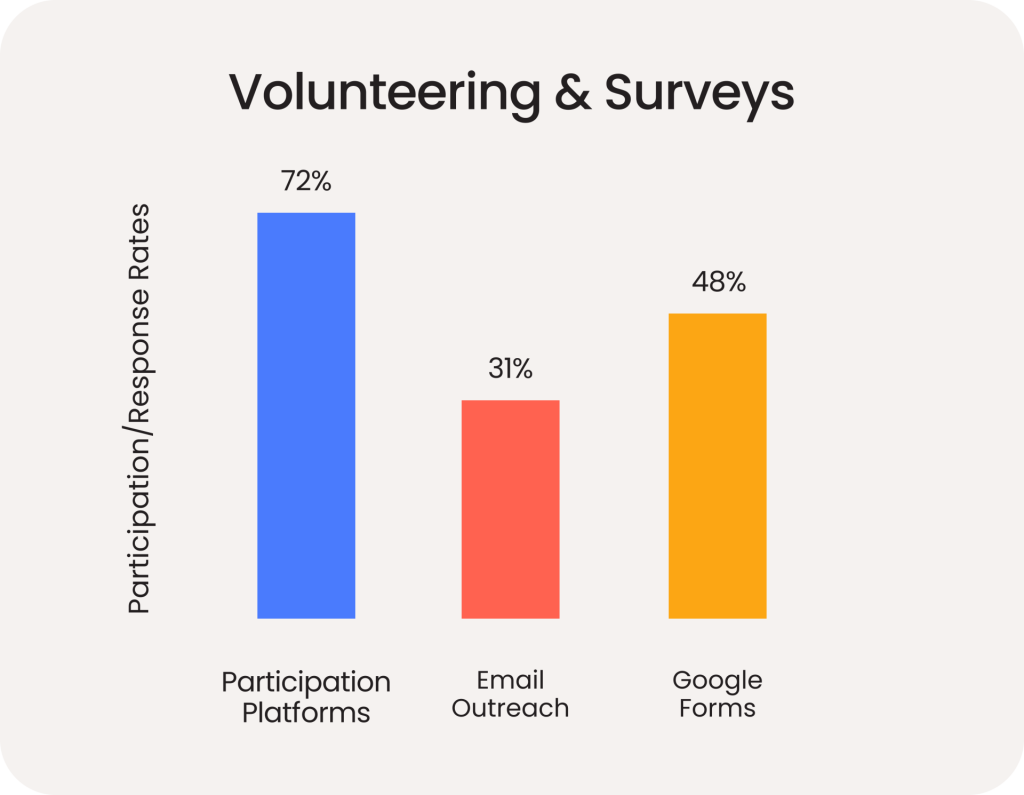
#3: Make participation easy
The many positive effects and the importance of parents’ participation in school activities and decision-making are all well known by 2022. Research from 2009 on effective schools, those in which students are learning and achieving, has shown that these schools, despite often working in low social- economic neighborhoods, have strong, positive school-home relationships. Involvement is a safe recipe for promoting student success and improving parent and teacher satisfaction. So, it seems safe to say that developing partnerships programs and encouraging involvement in different areas such as volunteering, community collaboration, decision-making, and others, will result in positive and effective relationships with the parents. Now it’s only a matter of making it simple.

#4 Adopt smart
communication methods
Let’s face it, newsletters don’t work anymore, and it’s hard to get parents to attend PTA Zoom meetings. It’s time to introduce your school to new communication techniques, ones that work.
Contacting parents on their preferred communication channel is an instant game-changer. Some parents check their emails every 5 minutes, while others use only WhatsApp, text messages, or Facebook Messenger. Want to go the extra mile?
Use the data you collected to segment parents into groups and reach them only with what’s relevant to increase their engagement. If all that sounds too complicated, know that it is not. Today everything has a simple solution.
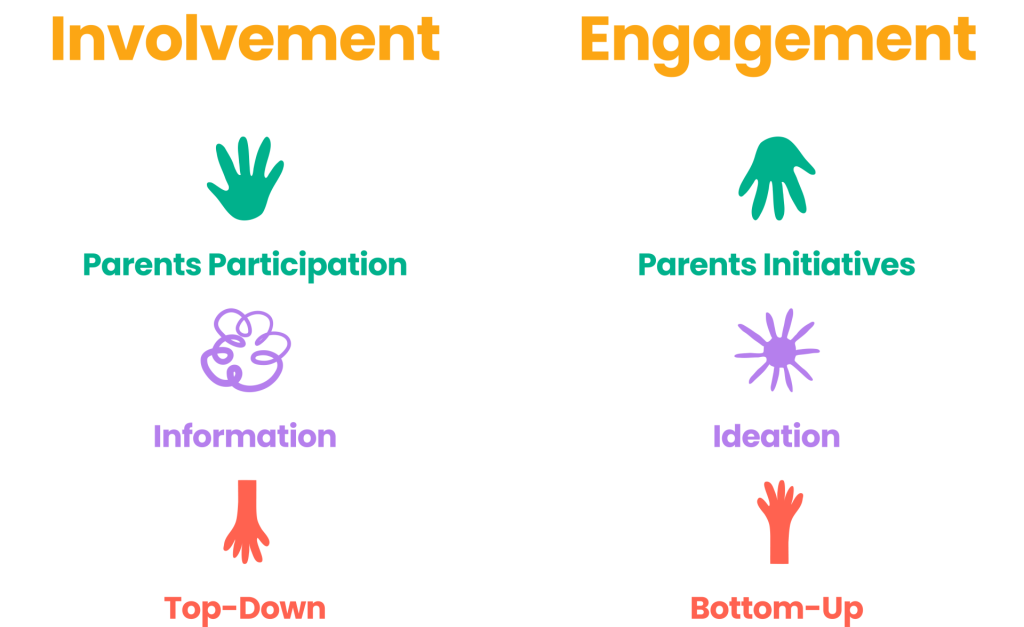
#5 Implement engagement,
not only involvement
This approach considers the parents as full partners rather than clients that need to be satisfied. Following this course of action entails offering a real option for parents to express their thoughts, ideas, and concerns while having a substantial impact on school strategies and choice of activities. Schools that are “leading with their ears” and listening to parents are gaining not only trust but also many creative ideas coming from the community of parents and the families.
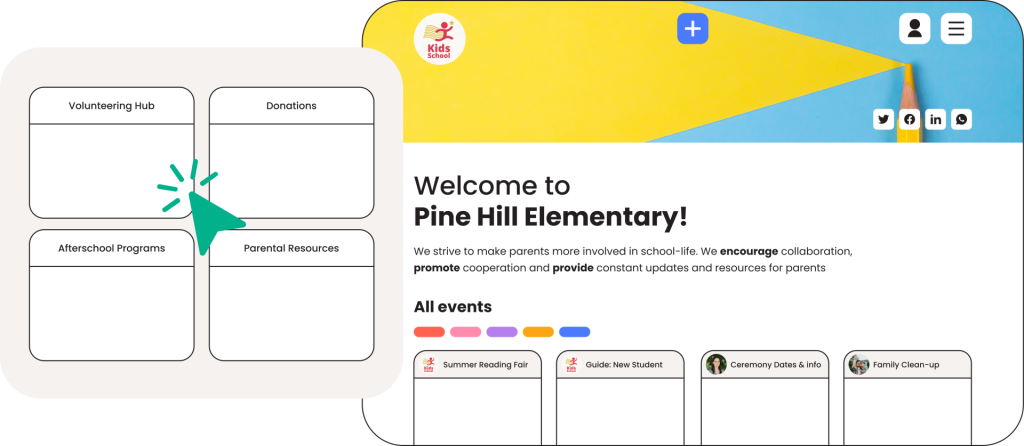
#6 Choose your technology carefully
One of the barriers parents faced during the pandemic was the lack of a standardized approach to technology. Too many platforms, and too many programs, all of which require parents to figure out how things work, often with no technological support. Acquiring platforms with an endless list of “smart features” is not always a great idea.
In an effort to save time and be efficient, parents and volunteers spend months trying to understand the basics of new programs and often end up abandoning the project.
This should change.
For the past three years, with has developed a digital platform that is extremely simple to use and completely tailored to the needs of schools. It has proven to increase engagement and involvement, reduce staff time and improve communication with parents.
One thing is important to remember, whether you choose to use digital platforms or not, the road to perfect relationships begins with your approach.











